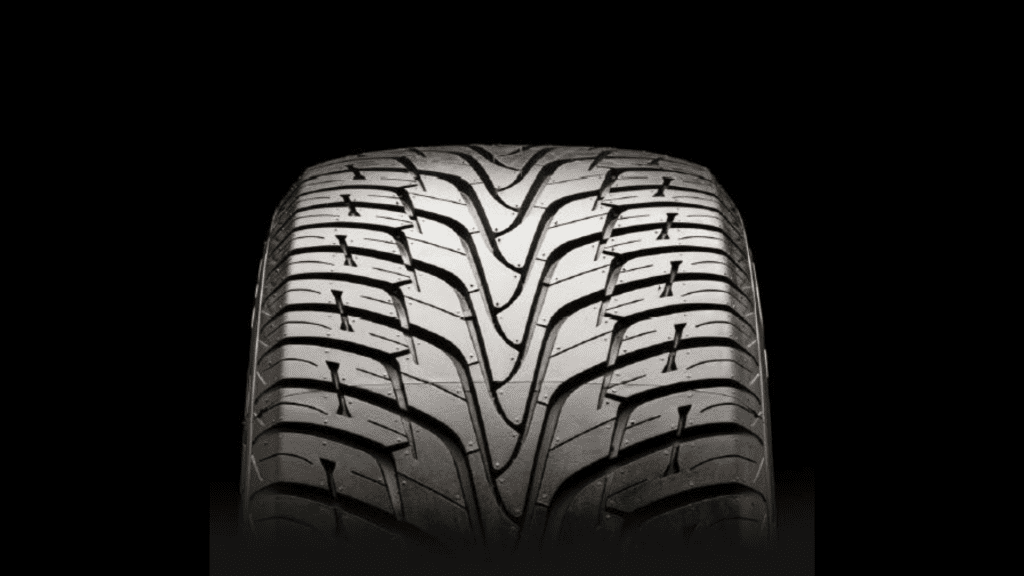
AT vs HT Tyres: Which Ones Truly Suit Kiwi Roads?
If you drive around New Zealand long enough, you’ll hit every sort of road you can imagine—tight city lanes, long sealed roads…

If you’re a driver, you’re no stranger to the importance of keeping your car tyres in top-notch condition. One critical aspect of tyre maintenance is ensuring that your tyres have the right tread patterns and adequate tread depth. In this blog, we will explore the world of tyre treads and answer some frequently asked questions about them.
Tyre tread is the pattern on the outer surface of a tyre that comes in contact with the road. Its primary purpose is to provide traction and grip, ensuring your vehicle can safely navigate various road surfaces and weather conditions. Tread patterns differ, and each is designed for specific purposes, making it essential to choose the right type for your driving needs.
There are various tread patterns, and they are designed to perform optimally in different conditions. Here are some common types of patterns in New Zealand.
These treads are often more complex and versatile, designed to provide balanced performance and handling in various conditions. Non-directional tyres are suitable for various vehicles, including cars, SUVs and vans.

These treads have a V-shaped pattern designed to disperse water effectively, making them ideal for wet road conditions. Directional tyres are generally acceptable and common on various types of vehicles, including sports and performance cars and 4×4.

An asymmetrical tread tyre is designed with distinct tread patterns on its inner and outer sides, each optimised for specific performance characteristics, enhancing handling and stability in both dry and wet conditions. These tyres are typically utilised in high-performance vehicles, sports cars, and luxury vehicles.

The legal minimum tread depth required for car tyres in New Zealand is 1.5 millimetres across the central three-quarters of the tread width. However, it’s recommended to consider replacing your tyres before they approach this minimum depth to ensure safety.
New tyres typically have a moulded tread depth ranging from 8 to 9 millimetres. This depth ensures maximum grip and safety on the road.
The legal limit for tread depth in New Zealand is 1.5 millimetres, as mentioned earlier. Falling below this limit can result in fines and, more importantly, compromised safety on the road.
To check your tyres’ tread depth, you can use a tyre gauge or rely on tread depth indicators. The tread depth indicators are small rubber bars located in the principal grooves of your tyres. When the tread wears down and reaches the legal minimum, these indicators become flush with the tyre tread. If you don’t have a tread depth gauge, you can use a New Zealand 20-cent coin for a rough estimate.
The principal grooves are the wide, deep grooves in the tyre’s tread pattern. These grooves are designed to channel water away from the tyre’s contact area, ensuring grip on wet roads. Tread depth indicators are small raised bars or markers within these grooves. When the tread wears out during the service life of the tyre, these indicators become flush with the tread, signalling that it’s time to replace your tyres. Read our blog to find out the tips and tricks to maximise your tyre’s life.
Our roads often present a mix of challenges, particularly when driving in wet conditions. When our tyres have moulded tread patterns, these grooves play a vital role in maintaining grip and traction, especially on slick surfaces.
It’s important to regularly check your tyres to ensure they haven’t reached the minimum depth. By understanding the various tread patterns and their specific uses, you can choose the right tyres for your driving needs. Remember, safety should always be a priority. Don’t hesitate to replace your tyres when they’ve worn down before reaching the legal limit for better safety.
Happy Motoring!

If you drive around New Zealand long enough, you’ll hit every sort of road you can imagine—tight city lanes, long sealed roads…

When you’re off the beaten track in the backblocks of New Zealand, a flat tyre can turn a great mission into a real hassle…

Ever tried to start your car on a frosty winter morning and wondered why it sounds like it’s still half asleep? You’re not alone…
Ecommerce Website Design & Development by Digital Refinery